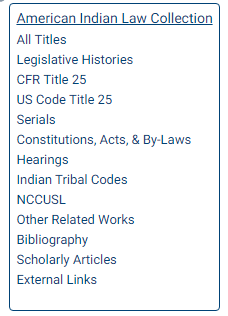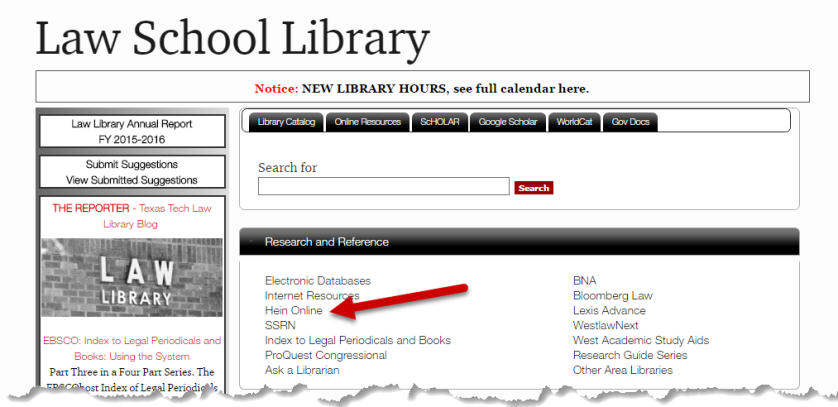After you pass the Texas bar, you will no longer have access to any of the major online legal research services (Westlaw, LexisNexis, and Bloomberg Law) through your law school account. However, as Texas attorneys, the State Bar of Texas provides access to two online legal research systems that you may not yet be aware of—Casemaker and Fastcase.
Typically, most state bar associations provide access to one of the two systems. Members of the Texas bar can either system. Granted, neither of the two systems may have all of the bells and whistles of the three major services. Nevertheless, Casemaker and Fastcase can meet most attorneys’ research needs. Both provide access to primary law (e.g., statutes, administrative rules and regulations, and case law) and limited secondary sources.
You do not need to wait for your bar license to use Casemaker or Fastcase, as law students you can create an account with the Texas Bar CLE and obtain immediate access. We encourage you to use them so that you become proficient with the systems upon graduation. To register and obtain acccess, follow the steps below.
1. Go to the State Bar CLE home page.
2. Type in some research terms on the “Free Legal Research” column to the right of the home page and click on search (see below). The follow the registration steps noted below.

3. Chances are you have not registered. To do so, click on the “click here” link as noted below.

4. Since you do not yet have a bar number, click the “click here” link as noted below.

5. Fill out the registration form, titled “My CLE Profile,” using your TTU email address, selecting “law student” as your occupation, and clicking the “save” button at the bottom of the page.




 Experts say that meditation can be done anywhere. However, since many of you spend a good deal of time in the Law Library, we have set aside space on the first floor in the NE corner of the west wing for meditation and breathing, or just plain reflection and rest. We highly encourage its use. Your wellness is paramount.
Experts say that meditation can be done anywhere. However, since many of you spend a good deal of time in the Law Library, we have set aside space on the first floor in the NE corner of the west wing for meditation and breathing, or just plain reflection and rest. We highly encourage its use. Your wellness is paramount.

